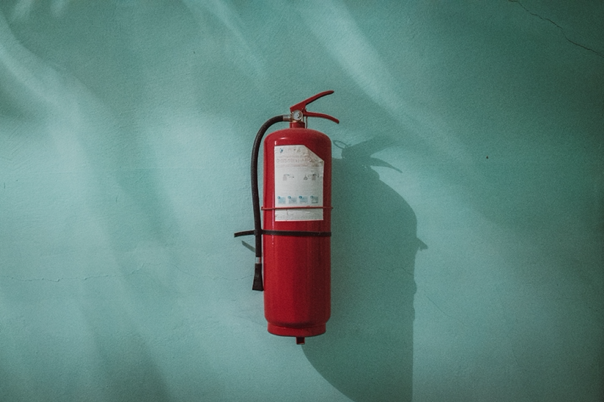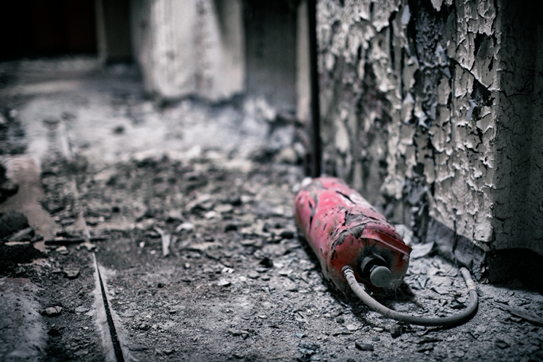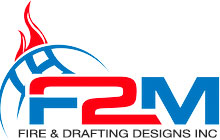Who Designs Fire Sprinkler Systems?
Do you have a commercial or residential project and need to know who designs fire sprinkler systems? Fire sprinkler systems were invented about 120 years ago. The first one was not as modern and sophisticated as today’s conventional, modern system. Since their existence, sprinkler heads have remained a crucial element of a building’s infrastructure. They not only prevent thousands of deaths but also save businesses from financial collapse. In the unwanted occurrence of a fire outbreak, they are the first line of defense inside buildings.
Pioneers of the Fire Sprinkler System
In 1885, John Wormald of the UK wrote the world’s first-ever rules for the installation and design of automatic fire sprinklers. Thus, the British standards of sprinklers seem to differ from the Americans’. American fire prevention rules for sprinkler systems are according to the National Fire Protection Association, or (NFPA). This official organization sets the standards for sprinkler systems across the USA.
Sprinkler installation professionals need to abide by these standards and be watchful of each building’s design. They need to specifically configure each fire sprinkler system so that it complies with the facility’s design to ensure that it is high functioning and saves lives.

Water is an Essential Source
Water remains one of the most effective fire fighting tools available, and sprinklers allow you to splash water right into the center of a huge fire during its early stages of emergence. The water gushes out of the sprinkler head that attaches to the sprinkler pipes, which run across every ceiling inside the building.
Sprinkler heads have the unique ability to detect fire automatically, discharge water, and operate an alarm. Furthermore, they operate another alarm signal that goes directly to the fire brigade center, indicating a fire outbreak.
Sprinkler Heads
A typical sprinkler head has a body that connects to the valve seal that holds the water back. A glass bulb holds the valve seal in place. Inside the glass seal, a liquid expands in response to increasing temperatures.
As the expansion increases in correlation to the rising fire, the bulb becomes unable to withstand the outward pressure of the expansion, causing it to burst, and the valve seal opens as a result. This allows the water to flow into the water distribution deflector. The overwhelming outcome is a gush of water spreading over the fire in a predetermined pattern.
You can find a wide variety of sprinkler heads that operate at different temperature resistance. Each resistance is identifiable by the color of the bulb. The varying designs of sprinkler heads allow you to cope with different types of fire risks, temperatures, and operational requirements.
You can mount the conventional sprinklers in either the upright or the pendent position. Each sprinkler design accounts for an array of different sprinkler placements. Some systems also include the sidewall sprinklers, mostly because of aesthetic reasons. They help keep the ceilings free of extending pipes.
Each sprinkler head can cover about 17 meters of water distribution in hazardous fire risks and nine square meters for ordinary fire risks. However, you can also install additional coverage to sprinkler heads and make them cover up to 21 square meters.
Protection from Smoke
In a fire outbreak, very few deaths are a result of direct flame contact. The biggest threat comes from the inhalation of smoke. During combustion, fire victims have no option but to inhale harmful gasses such as carbon monoxide, hydrogen chloride, hydrogen cyanide, and much more. Combine these toxic gases with the associated heat, and it makes for a deadly environment.
A quick response sprinkler system can minimize the life-threatening intensity of harmful gasses. They stop the smoke from developing and keep it at bay, offering valuable time to evacuate the building.

Overview of a Sprinkler System
Sprinkler system installation requires a precise and accurate design of the pipes. Professional and certified technicians need to ensure that the right pressure and flow of water distribute across each sprinkler head. The water source can come from the town’s main supply or even a private water reservoir. Supply source depends on the risks of potential fire threats of a facility.
Additionally, a control and alarm valve allows for the automatic flow of water to the sprinkler heads. Generally, there are five sprinkler system types, each requiring a different valve arrangement. Having static water in the pipes is undesirable, which is why technicians use a dry system. This fills the pipes with compressed air until there is a fire emergency.
Who Designs Fire Sprinkler Systems: Conclusion
F2M offers the best and most modern fire sprinkler system design services in New York and across the USA. We provide you with services that are backed by 20 years of experience in the fire protection and design industry.
By retaining our services, you will not only have access to the best fire protection layout and design, but also access to expert consultants who will personalize your system according to your requirements.
Contact us at (718) 928-3009, or visit our website for more information.

[…] main people responsible for building, such as engineers, architects, industrial designers, and fire protection system designers rely on BIM. They learn about any potential conflicts, cost estimates, and sequence the steps of […]
[…] codes and requirements. This comprehensive understanding allows them to make better decisions and plan a sprinkler system that provides one hundred percent, risk free […]
[…] come with numerous benefits. To reduce damage and loss of life, you need to make sure that the fire sprinkler system design is functional and placed strategically. Perhaps, you want to install a fire sprinkler system in […]
[…] a fire sprinkler system, it is essential to evaluate the options, maintenance, installation, and design of the different systems. A professionally trained and experienced technician will guide you about […]